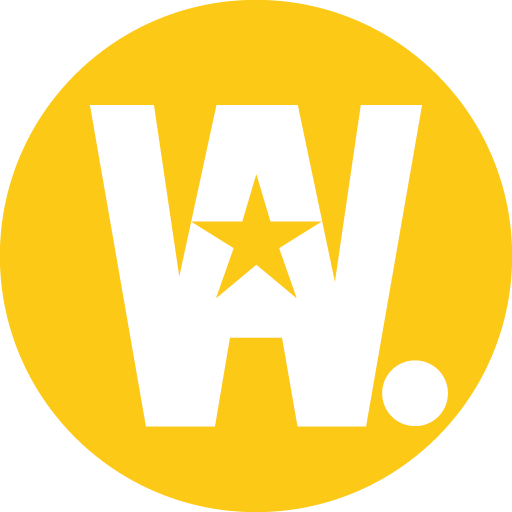Volumetric Reading by Gina Pell
Read more. Escape reality.
30 Days. 20 Books. I haven’t read this much, this fast, not even during my college days. I also wouldn’t recommend tearing through books at this pace. But, I unintentionally developed a reading strategy when I set a goal to review 20 books in one month as part of a fiction committee. My strategy, which I call Volumetric Reading (VmR), allows me to go full bore into a book rather than randomly chip away at it. It also improved my ability to concentrate for hours—to tune out nagging thoughts, noise, emotions, anxiety, reality— a skill I found difficult to hone with meditation. Remember when being online felt recreational? Not anymore friends. Now, more than ever, we need to get our heads out of texting on screens and into an actual text.
Volumetric Reading. I just made that up. It’s not an official thing. It’s my pro-active method for increasing the number of books I read. And, I’m not talking about an amorphous more but a quantifiable measure of words, pages, and time powered by a zen-like focus. VmR is the opposite of casually picking up a book at bedtime and dozing off before the next chapter. You go all in. Every time. And you do it because it’s better to fill your head with something you deliberately choose.
No time to read? As Merovingian, the best character in Matrix Reloaded, said, “But then if we do not ever take time, how can we ever have time?” I write a newsletter so my business is content. My free time is frittered away online and keeping up with what’s on the tube. Once I reallocated those hours, I realized I could read roughly 300 pages of fiction per night (non-fiction takes me longer). What really helps is to set a goal of something you want to learn or accomplish. A decade ago, I wanted to understand what Pulitzer-winning fiction was made of so I read all prize winners from 1948–2008. I was a casual reader back then so it took me three years to finish. Surely, you have books you’ve been meaning to get around to. Make a list.
Volumetric Reading Playbook
Step 1: Know Your Speed
Grab a few books you plan on reading. Read twenty pages of each with a stopwatch. Estimate how many words are on each page (usually 350) then do the math to find your average WPM speed, as well as your page speed. One page per minute is not unusually fast.
Here was my calculus: 20 books = 7,866 pages x 350 (average words per page) = 2,753,100 words ÷ 506WPM (my reading speed) ÷ 60 minutes = 90 hours required to finish all books or 4.53 hours per book, which proved to be true for fiction 90% of the time. Often I was faster, particularly if I loved the book and it was a fast paced read. Unsurprisingly, I have a slower reading pace when I read non-fiction.
Step 2: Track Yourself
Now that you know your WPM, put yourself to the test. I like to read in front of a wall clock so that I can glance up and not have to look at my wrist and definitely not my phone. Check yourself every hour to see if you’re tracking.
Step 3: Stay Focused
For me, reading is meditation. And like meditation it requires a quiet, comfortable, distraction-free space away from phones and screens. When I find thoughts creeping in as I’m reading, I let them float by then return to the beginning of the previous paragraph or chapter. I return again and again until I am absorbing pictures that the text makes into my brain. This is what it feels like to be in the zone. Like anything else the more you do it, the faster you’ll get there.
Step 3: Set A Goal. Then Rest.
Challenge yourself with a list of books you’ve been meaning to read. If time permits, start with one book a week then push yourself to the edge of your comfort zone before taking a break to recharge. After reading twenty consecutive books I took a month break.
I have more practical tips about how to read more but understanding the mechanics of how you read is critical. Why you want to read, on the other hand, will determine whether or not you actually partake in Volumetric Reading. There’s a beautiful article in Brain Pickings that sums up literary love for me. I would write something on the topic myself but, alas, I’m too busy reading. Not to mention, Neil Gaiman beat me to it.
And, the good news is if you’ve gotten all the way to the bottom of this long-ass article, congratulations, you’re already a Volumetric Reader.
Gina Pell is the Content Chief and resident bookworm at The What, a clever list for curious people. Get The What in your inbox.
As a visual person it helped to return to analog books, organizing them by category: In Progress, To Read, Completed. A bookshelf is a constant reminder to read. And yes, that’s a sweet boxed set of Vonnegut to the left of the horse head.

